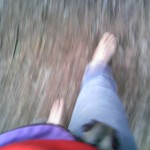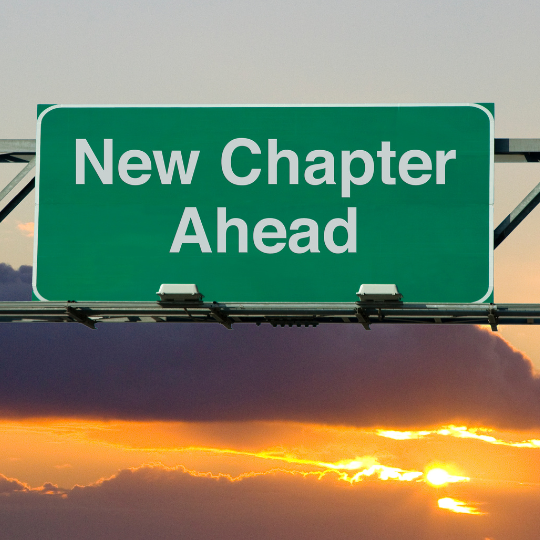Feet On The Ground
 When I was a boy growing up, I was blessed to be in a small town that was surrounded by lakes, rivers and forests. It was common for me and my friends to head off to the lake on a summer morning only to come home for a quick sandwich before heading back to romp and explore again. Once school was finished, my shoes were seldom worn again till a cool September morning brought about that first trek back to classes.
When I was a boy growing up, I was blessed to be in a small town that was surrounded by lakes, rivers and forests. It was common for me and my friends to head off to the lake on a summer morning only to come home for a quick sandwich before heading back to romp and explore again. Once school was finished, my shoes were seldom worn again till a cool September morning brought about that first trek back to classes.
After I grew up, I moved to Toronto and my opportunities to wander around with my toes on the soil lessened. Still, whenever I had the chance while wandering through a park or near the waterfront, I’d doff my shoes and socks and immerse myself in the experience of barefooted connection.
If it’s been a while since you experienced walking barefoot outside, let me tweak your memory back in time. Remember that glorious sunshine overhead, warming you and filling you with that palpable happiness? Good. Now, think back to taking off your shoes and then your socks. You stand up and wiggle your toes in the cool grass. The sense of joy and release is almost indescribably subtle, but it’s there. You stand, wiggling your toes for a moment, just taking in the feeling, and then you take a few tentative steps. It feels good. This feels right.
For those of us who avail ourselves to the opportunity to walk barefoot on a regular basis, that sense of subtle joy and release is common. I’ve been very curious about it and have come to a few conclusions as to why the simple act of removing our shoes can be a profound experience at times. I’ve yet to find a time when it didn’t feel good. Why might that be?
One of the aspects, I think, is likely a recognition of our body that we’re being authentic with ourselves. In this case, I’m using the term authentic to mean natural, as in “It’s her nature to do that.” We were born without shoes or hooves and are well adapted to walking with our bare feet on the ground. From an evolutionary point of view, it’s precisely what our bodies expect of us.
A second point is something known as grounding or earthing. Dr. James Oschman is an expert in the field of energy medicine, and it’s his assertion that we are very much “electrical” beings. Our body systems rely on electrical impulses to effect all manner of intrabody communications. When our electrical systems are working well, we experience good health. When our electrical systems malfunction, things go terribly wrong. Earthing, according to Oschman, balances our electrical potential and helps to keep our electrical systems in proper running order.
From a completely different perspective, however, I find benefits of barefoot walking in maintaining a sense of connection to all things. Take, for example, the walk on Saturday, during which I took the above photograph. (Yes, those are my feet below those jeans.) I was walking through the hilly trails in Nozuda Park. This park is just rural enough that one must be mindful of coming across tiger keelback (yamakagashi) and mamushi (a type of pit viper). When walking through these trails, I was very much aware of my increased mindfulness and awareness. I consider this to be a good thing, venomous snakes aside.
Of course, when walking barefoot, one wants to protect one’s feet from injury, so that mindfulness is essential. For me, though, it definitely goes beyond that. As I was walking, I was keenly aware of how my steps through the trail were quieter than when I’d be wearing my hiking boots. I felt the rocks and twigs and tree roots beneath my feet. This lends a much greater sense of intimacy and connection to the experience. Instead of floating through the scene as an observer, one is directly a part of it.
This sense of intimacy with our environment is something that I strongly feel we should cultivate.



Leave a Reply